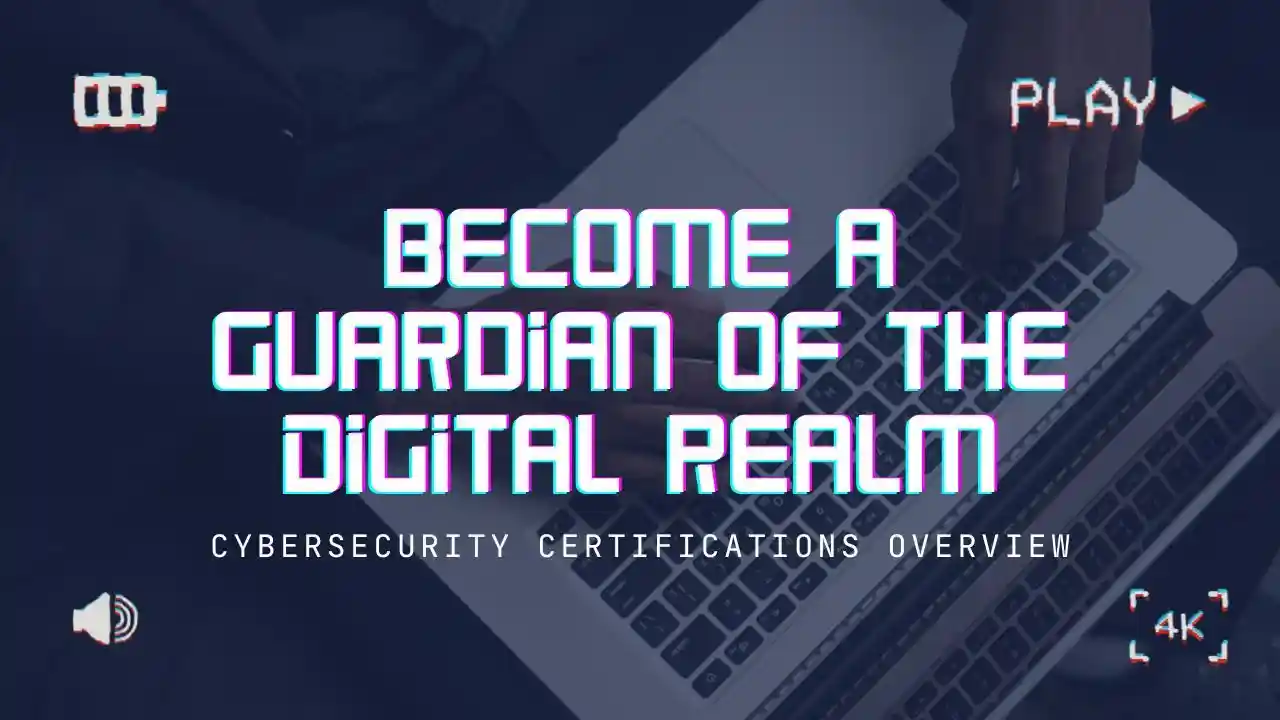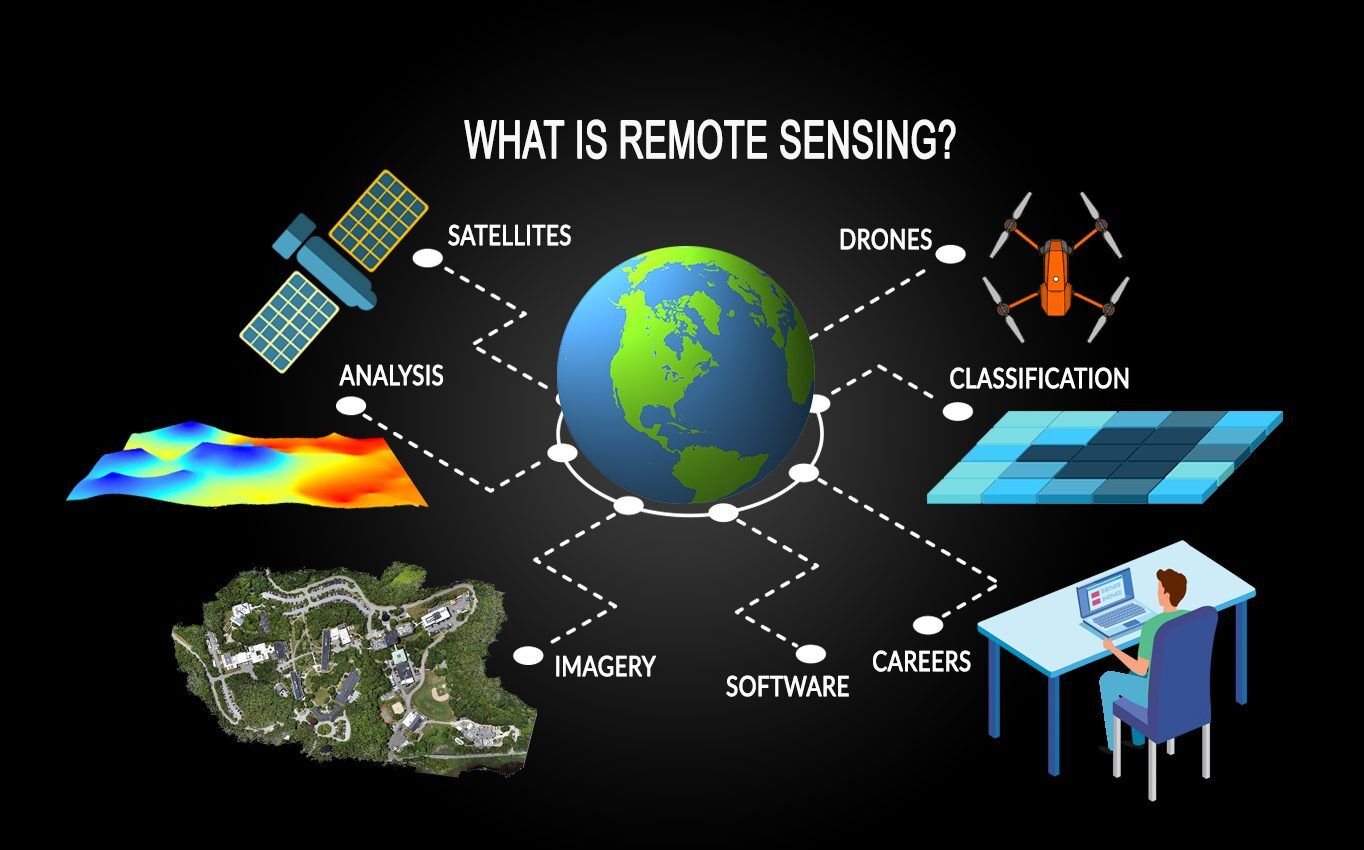Sustainable mining is an approach to resource extraction that prioritizes environmental protection, social responsibility, and economic viability. As the demand for minerals and metals continues to rise, the mining industry faces increasing scrutiny over its environmental impact and the rights of local communities. This article explores the principles of sustainable mining, its practices, challenges, and the importance of innovation in achieving sustainability in the industry.
Principles of Sustainable Mining
Sustainable mining is guided by several core principles:
- Environmental Protection: Minimizing the ecological footprint of mining operations is paramount. This includes reducing greenhouse gas emissions, conserving water, and protecting biodiversity.
- Social Responsibility: Engaging with local communities and respecting their rights is crucial. Sustainable mining practices prioritize the well-being of affected populations, ensuring that they benefit from mining activities.
- Economic Viability: Sustainable mining must also be economically feasible. This means creating jobs, generating revenue, and ensuring long-term profitability without compromising environmental and social standards.
- Resource Efficiency: Maximizing the efficiency of resource use is vital. This includes minimizing waste and promoting recycling to reduce the demand for new materials.
Sustainable Mining Practices
To achieve sustainability, the mining industry is adopting a range of practices:
- Environmental Management Systems (EMS): Implementing EMS helps companies identify, manage, and mitigate environmental impacts. These systems often include rigorous monitoring and reporting protocols.
- Water Management: Sustainable mining operations prioritize efficient water use and recycling. Techniques such as rainwater harvesting and wastewater treatment help reduce freshwater consumption and protect local water sources.
- Land Rehabilitation: Responsible mining includes planning for land reclamation during the extraction process. This involves restoring ecosystems and landscapes after mining activities cease, ensuring that the land can be repurposed for agriculture, recreation, or conservation.
- Biodiversity Conservation: Mining companies are increasingly recognizing the importance of biodiversity. This includes conducting environmental impact assessments (EIAs) to identify potential impacts on local flora and fauna and implementing mitigation strategies.
- Community Engagement: Building strong relationships with local communities is essential for sustainable mining. This involves transparent communication, stakeholder engagement, and ensuring that communities benefit from mining operations through employment, infrastructure development, and social programs.
- Technological Innovation: The adoption of new technologies can enhance sustainability in mining. Innovations such as automation, artificial intelligence, and remote sensing improve efficiency and safety while reducing environmental impacts.
Challenges to Sustainable Mining
Despite the growing emphasis on sustainability, the mining industry faces several challenges:
- Regulatory Compliance: Navigating complex regulations and ensuring compliance with environmental laws can be challenging, especially for smaller mining companies.
- Cost Implications: Implementing sustainable practices often requires significant upfront investment. Balancing short-term costs with long-term benefits can be difficult for companies operating in a competitive market.
- Community Resistance: Local communities may oppose mining projects due to historical grievances or concerns about environmental impacts. Building trust and addressing community concerns are essential for successful operations.
- Resource Scarcity: As easily accessible resources become depleted, mining companies must explore more remote and environmentally sensitive areas, increasing the potential for negative impacts.
The Role of Innovation in Sustainable Mining
Innovation is key to achieving sustainability in mining. Emerging technologies and practices include:
- Data Analytics and AI: These technologies enable mining companies to optimize operations, reduce waste, and predict environmental impacts more accurately.
- Green Mining Techniques: Methods such as bioleaching and phytomining utilize natural processes to extract metals, minimizing environmental harm.
- Renewable Energy: Integrating renewable energy sources like solar or wind power into mining operations can reduce reliance on fossil fuels and lower greenhouse gas emissions.
- Circular Economy Models: Adopting circular economy principles encourages recycling and repurposing materials, reducing the need for new resource extraction.
Conclusion
Sustainable mining is not just an ethical imperative; it is essential for the long-term viability of the industry and the planet. By integrating environmental stewardship, social responsibility, and economic viability, mining companies can contribute to a more sustainable future. As the industry continues to evolve, embracing innovation and engaging with local communities will be crucial in addressing the challenges of resource extraction. With responsible practices, the mining sector can meet the growing demand for minerals while protecting the environment and supporting the communities that depend on them.



